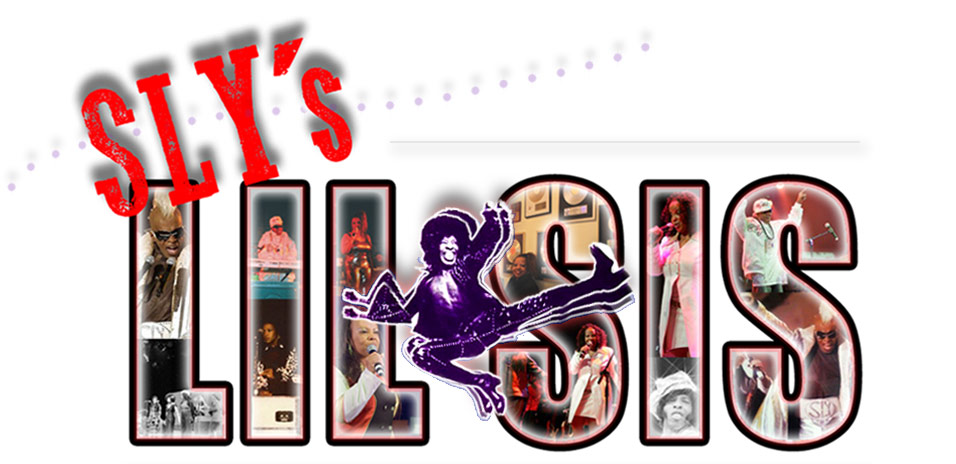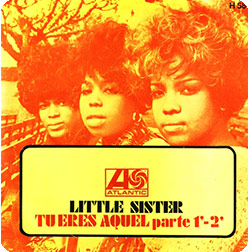Introduction
There's lots of irony in the fact that Michael Jackson saw fit to scoop up the publishing rights to the music of both the Beatles and Sly and the Family Stone. For MTV's first generation, Jackson represented the king of "crossover," but people with longer memories know that Sly and the Family Stone laid claim to that crown a full decade earlier. In fact, when the Beatles went their separate ways in 1970, lots of discerning music fans looked to Sly and his band mates to fill the void the Fab Four left behind.
The group's broad-based appeal was built on the most uplifting of principles. "I Want to Take You Higher," "You Can Make It If You Try," "Stand!" "Dance to the Music" - these and other anthemic celebrations of social, racial, and sexual unity amounted to rallying cries for togetherness and understanding. Likewise, more straightforward pop fare such as "Everyday People" and "Everybody is a Star" were eloquent meditations on harmony and equality. And the fact that Sly's message came wrapped in a psychedelic-funk package the likes of which no one had ever heard only added to its power. --Russell Hall
Note: Russell Hall is a freelance writer whose work has appeared in Goldmine, Request, the Oxford American, and other publications.
|
|||
|
Little Sister You're the One (I and II) Stone Flower 9000 Little Sister Somebody's Watching You b/w Stanga Stone Flower 9001 6ix I'm Just Like You b/w Dynamite Stone Flower 9002 Joe Hicks Life & Death in G & A (I and II) Stone Flower 9003 The Little Sister singles also came out in various alternate formats: You're the One pt 1 one sided white label promo Stone Flower 9000 Stanga / same (mono) white label promo Stone Flower 45 9001 Somebody's Watching You one sided Stone Flower 9001 Somebody's Watching You / same white label promo Stone Flower 9001 |
|||



